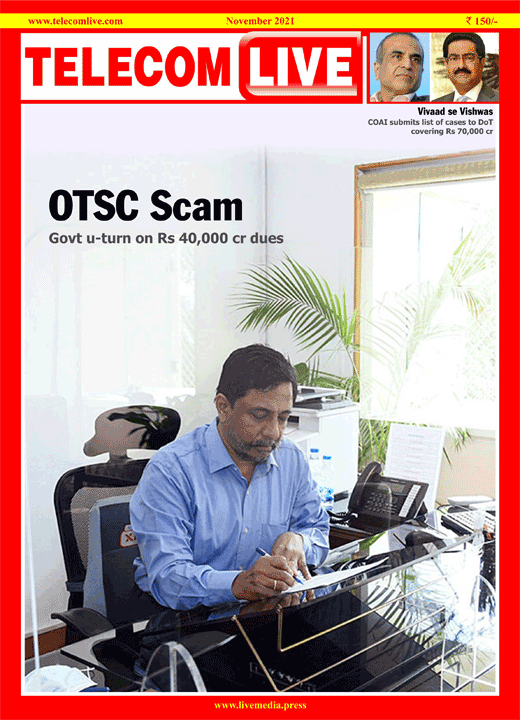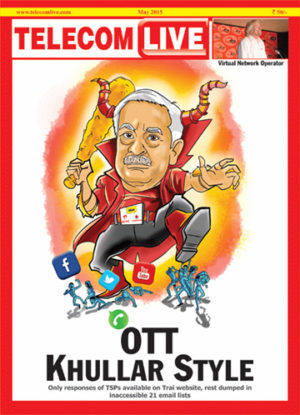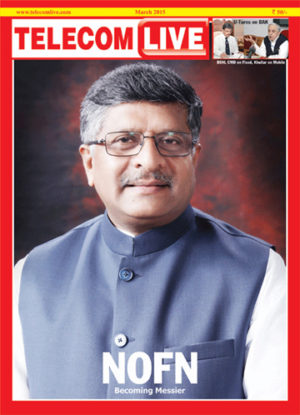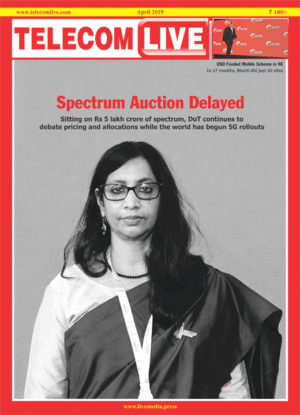DoT has set in motion a process to dilute recoveries of One Time Spectrum Charges (OTSC) dues to such an extent that it becomes as good as not recovering it at all. The amount involved is a whopping Rs 40,000 crore. DoT has adopted a legal strategy of seeking repeated adjournments. It has nearly firmed up its decision to forgo revenue. Simultaneously, DoT is working out how it will handle the issue of previously received sums that various telcos had submitted on account of OTSC.
A scam is in the works. Primarily the intended beneficiaries are” Vodafone-idea and Bharti Airtel. Other telcos are also tagged with demand notes. Interest is also applicable for dues not paid and is being litigated.
What is OTSC? Post 2G judgement, all spectrum allocations to mobile operators happen through bidding only. But prior to this, telcos got spectrum allocations through certain adhoc criteria fixed administratively. As per their then existing licenses, they could have got a maximum spectrum of upto 4.4 MHz or 6.2 MHz for GSM services and 2.5 MHz or 5 MHz for CDMA services. Then, Trai in 2007 detected that the telcos were being given spectrum beyond their contractual entitlement. At that time, some of the GSM operators had already got 10 MHz. This ‘Excess Spectrum’, was proposed to be regularised on payment of One Time Spectrum Charges (OTSC). Other than the Trai report there was also a CAG report of November 2010 on this subject. From 2007-2012, the DoT & Trai had discussed the issue threadbare and formed various committees.
The UPA-II regime was in power then. Manmohan Singh’s government on November 8, 2012, approved levying of OTSC for the “Excess Spectrum”. For spectrum above 6.2 MHz, the effective date of OTSC was July 1, 2008, and for spectrum above 4.4 MHz, it was January 1, 2013. DoT issued orders, notified the OTSC rates and raised the demand notes.
Our cover story details who owes how much to DoT on account of OTSC, presents a chronology of events, dates and the many twists and turns in this matter. It also gives the reader a deep background of how severely contracts were violated to the detriment of government in the era of adhoc allocations, how additional spectrum was just given away for years without charging any additional license fee; infact an increase of spectrum to 2×10 MHz was written into orders on mere availability and without levying any additional spectrum charges.




